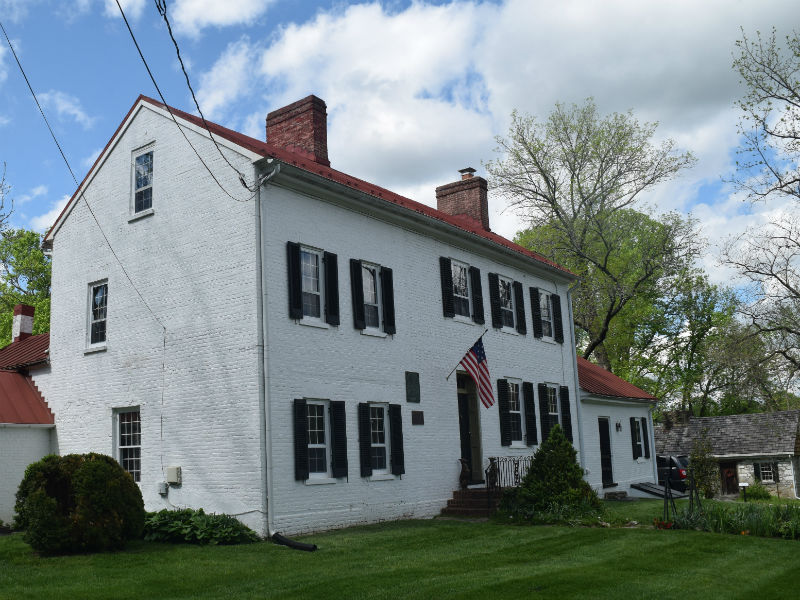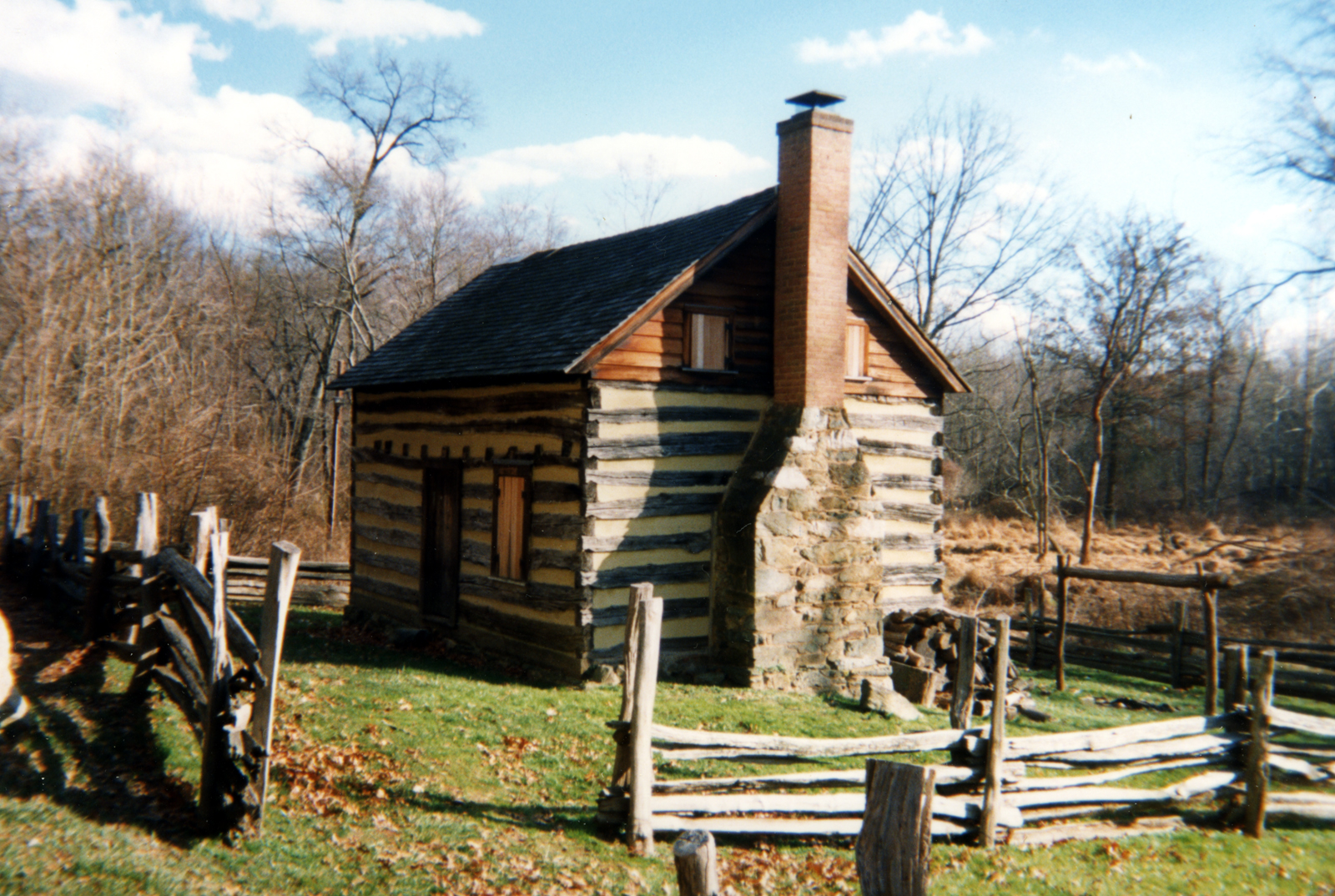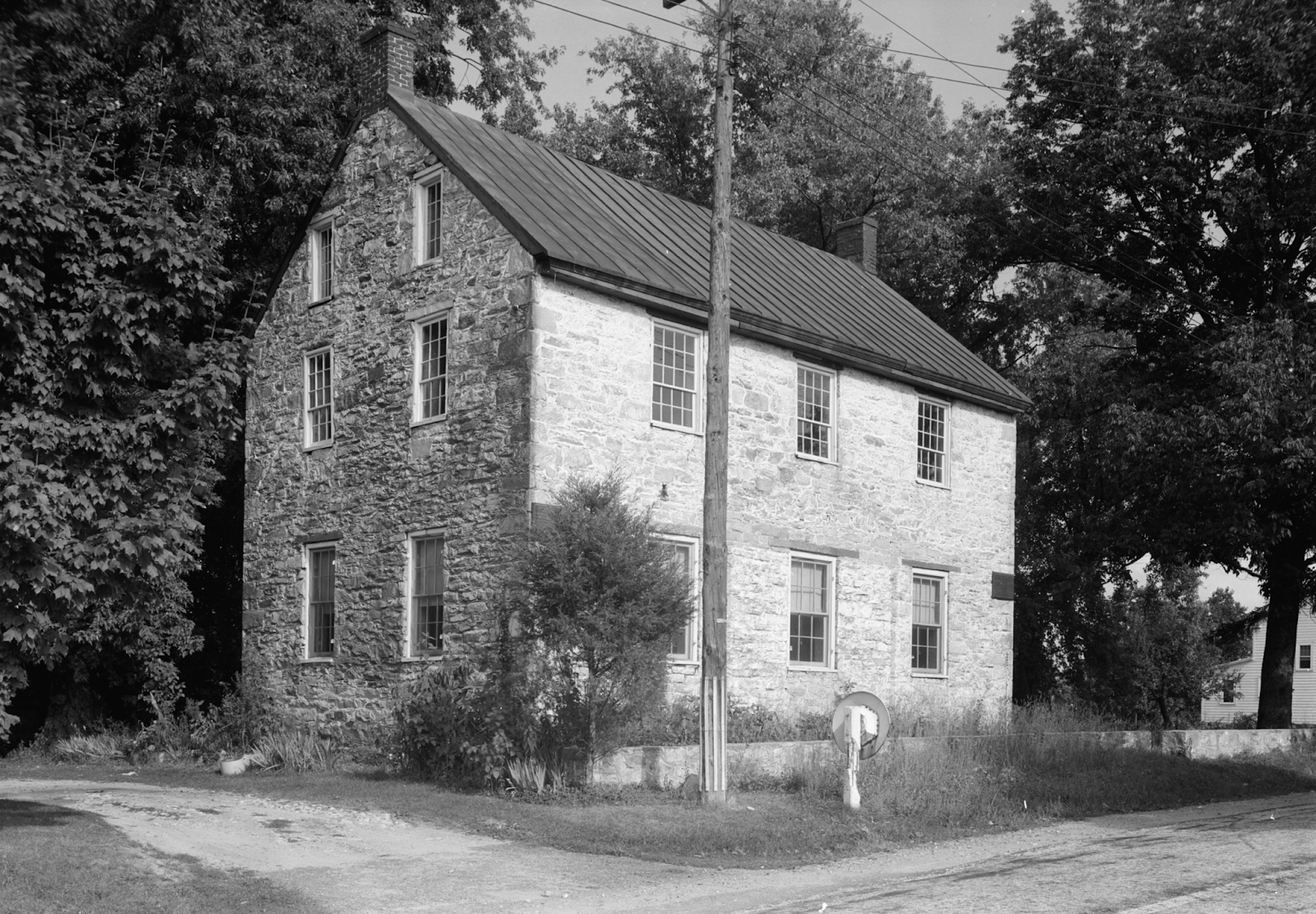Brookeville, Maryland, is known primarily for the refuge it offered during the War of 1812. In August 1814, the town played host to many families fleeing from the burning capital, including President Madison and his wife, Dolly. However, before these events, the town was a thriving place of commerce in agricultural, carriage and wagon building, harness and saddle making, shoemaking, tailoring, and dressmaking all being done in town.
The town was established by a well-respected Quaker family, Richard Thomas, Jr., and Deborah Brooke Thomas. The name comes from Deborah Brooke Thomas’ maiden name, as the land was inherited from her grandfather, James Brooke. They laid out the town carefully, making sure the mills and tan yard were located outside of the main town, a factor that kept the town peaceful and preserved the beauty. Nearby, Richard Thomas laid out a grid of fifty-six quarter-acre lots for families to live on.

Like many wealthy people of this era, Richard Thomas Jr. kept slaves, enslaving about sixteen people in 1790. The Quakers believed slavery was wrong and even declared it as early as 1768. However, since Thomas Jr. had been removed from membership, these rules didn’t apply to him. There were a few stores operating in town. Upon rejoining, he manumitted all seventeen enslaved, but soon inherited additional enslaved individuals at the time of his father’s death. Thomas Sr., his father, “manumitted all of his female slaves over the age of eighteen and all of his male slaves over the age of twenty-one. Forty-four slaves were too young or too old to be immediately manumitted by Thomas Sr.’s will and were instead set to be manumitted after coming of age.” Thomas Jr. took in seven people, five of whom were under the age of seven.

In 1814, Brookeville was called “United States Capital for a Day” after President James Madison, his wife, and soldiers sought shelter in the home of Caleb Bentley. They were fleeing the burning capitol. Margaret Bayard Smith, a fellow refugee fleeing to safety, recounted what her daughters saw: “Just at bedtime the Presd. had arrived and all hands went to work to prepare supper and lodgings for him, his companions and guards, – beds were spread in the parlour, the house was filled and guards placed round the house during the night.” James Madison stayed up all night giving orders and left the next morning for Washington.
Multiple opportunities for intellectual betterment began to rise up, including Brookeville Academy, which was originally for boys, and Miss Porter’s Cottage School for Young Ladies (1844-1864). The Brookeville Academy is still operating today, although they’ve moved locations.

In 1880, Brookeville had the third largest population in Montgomery County, but with modern innovations, that would change. The town’s industry was replaced by mass manufacturing in larger towns, taking the jobs with them. By the 1920s, the mills had all closed along with shoemaking, blacksmithing, and other manufacturing jobs.
Today the town is small and quiet with a population of about 162. However, there is lots to see and do in Brookeville, especially if you’re a student of history. The residents and passionate people have kept the town alive with historical research available online and historic sites to see in person.
Related: Heritage Fund Highlight: Now Entering Historic Brookeville

